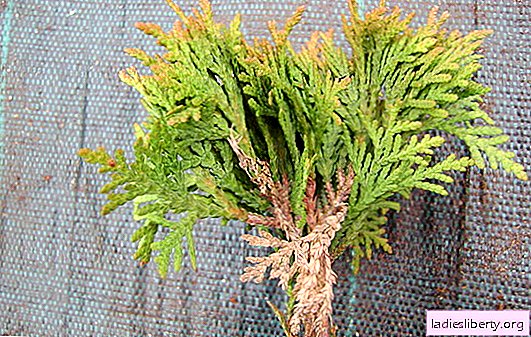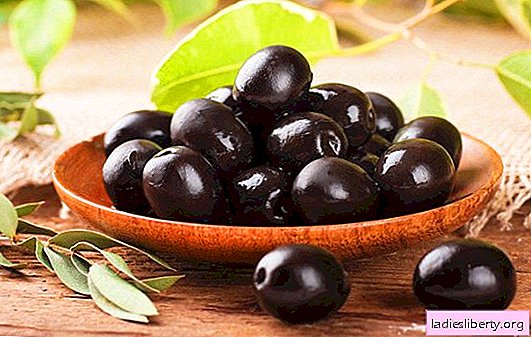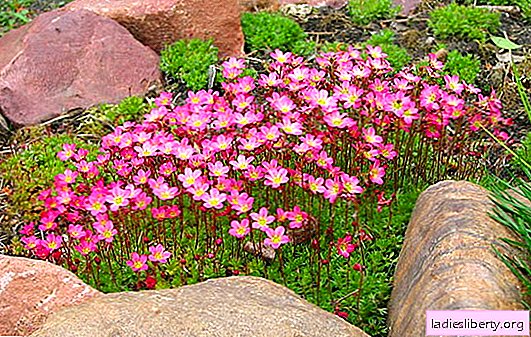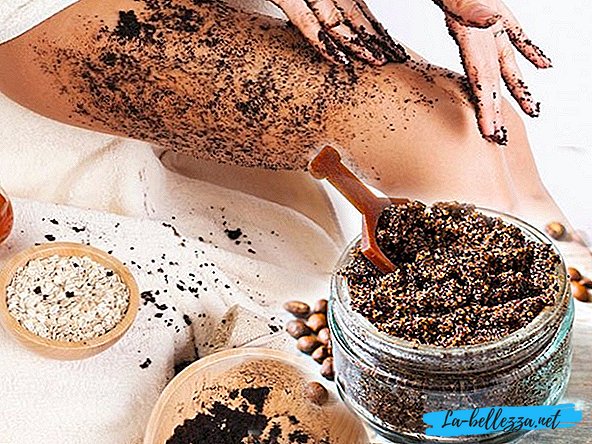
Thuja is one of the excellent ornamental and healthy plants for your garden or site.
It has the property of disinfecting air and secrete volatile production, which increases immunity.
There are five species of thuja western, Korean, Sichuan, folded and Japanese.
It can be either a stunted shrub or a tree up to 15 meters in height.
Thuja, distribution and application
This evergreen plant perfectly decorates any landscape all year round. Coniferous trees or shrubs perfectly take root in different regions. Most species are frost-resistant specimens. Frosts often suffer up to -30 degrees. The plant grows well in cities with polluted air. In different climatic zones, except for the far north and too frosty areas. The most popular is the thuja western, it is most resistant to frost.
Planting and care, so that the thuja does not dry out, must be correct
Thuja - a capricious plant. It’s not difficult to take care of her. It is undemanding to soils, moisture, and tolerates decorative pruning. Loves lighting, but not a constant sun. Therefore, it is best to plant it in partial shade.
In the first time after planting, the plant will require care, subsequent growth and health depend on it.
• Young seedlings require regular watering in the evening or in the morning (1, 2 times in 10 days depending on weather conditions) and spraying - once a week sprinkling).
• Mulching. The basal circle is covered with sawdust, spruce branches, peat. This will allow the earth to not dry out. In summer, mulching protects the plant from the sun, in winter from freezing.
• Loosening around a seedling is necessary for good growth and development. But this is done to a depth of not more than 10 cm, since its roots are in the surface layer.
• In winter, the crown of thuja is tied to avoid breakage of branches under the weight of snow.
• Feed the tree once a year. If the first time at landing, then the next in a year or two. Well, when planting, add the growth regulator Epin (1 ampoule per 10 liters).
Thuja has dried up, why is this happening?
The following weather reasons can lead to this:
• severe frosts: some varieties of plants are not too frost-resistant and may freeze,
• drought,
• sun - can burn young plants, so partial shade is better for planting,
If it seemed to you that the thuja had withered, then you need to know that every 3-6 years, by the autumn, the scales of its needles tend to die, but new ones grow in the spring. In this case, you just need to clean off dead scales.
In addition, thuja can disappear under the following conditions:
• insufficient watering, the plant needs to be watered regularly, but not poured: do after planting - 1 time per week, and in dry weather - 2 times a week, in an amount of about 10 liters per tree,
• an overdose of chemical fertilizers or preparations, it is worth feeding the plant two years after planting at the rate of 100 g per m2 of mineral fertilizers, and organic 2-3 liters. It is not recommended to use fresh manure, it is possible to use rotted over six months, and I want to insist for at least 10 days and add to the plant, diluting it with water.
• the presence in the soil of rodents: moles, a bear, a closely located anthill.
From which the thuja withered. Diseases and pests of thuja
Thuja, among other things, can be exposed to some diseases and pests. As a result, it can dry out and disappear.
These are diseases such as late blight, brown shoots, rust and shute. Of the pests are dangerous: thuja false shield, thuja moth speckled, wireworm, thuja hive beetle, spider mite.
Diseases of thuja and ways to deal with them

Phytophthora
This is a fungal disease dangerous for all plants, which affects the root, then the upper part. It looks like this: the tree withers, then a gray color appears at the leaves, the trunk softens from below. The root begins to produce a putrid odor. It is usually difficult to cure plants affected by late blight, but you can try.
To protect the plant from this disease, it is worth:
1. Correctly select a place for planting thuja, so that it is not in a place with constant high humidity, and the soil has good drainage properties.
2. Water more often seedlings and large-sized fungicides.
3. If the above measures did not help, then it is worth destroying the tree (bush), and replace the ground where it grew or you can shed boiling water.
Brown shoots
This disease manifests itself in the browning of shoots and their death. This often comes from poor nutrition. First, the scales turn yellow, then the shoots turn brown and the branches die.
For treatment you need:
1. pruned affected shoots,
2. constantly pour limestone under the root,
3. regularly feed,
4. In the summer and in the beginning of autumn, constantly spray the thaw with fungicidal agents.
In addition, browning can occur due to poor access of nutrients to the root system. This can happen due to fusarium or tracheomycosis. In these cases, it should be treated with foundationazole or other similar preparations, both under the root and by spraying the crown.
Zircon preventive treatment helps protect plants from fungal diseases.
Rust and shute
With these fungal diseases, the crown darkens and the needles fall. Mostly young seedlings suffer from rust. For prevention, it is worth trimming the affected shoots and burning them so that the disease does not spread.
For protection and treatment you need:
• treatment with copper-containing preparations, for example, HOM or Bordeaux liquid;
• with the progression of the disease - strait trunks circles with foundationazole, which should not be sprayed, but used only for irrigation.
Thuja pests and how to deal with them
Thuja Moth Spotted
Its larvae begin to gnaw at tree branches, as a result of which they die. That is why the arborvitae often dries up.
To protect against it, they are sprayed with preparations containing pyrethroids. These are Fumitox Moskitol Antiklesh, Antiklesh, Tornado Antiklesh. Moreover, this must be done several times with a frequency of one week.
Thuja false shield

A small insect is light yellow in color. When adults die, larvae remain. With the defeat of this pest, withering and drying of the needles and the whole plant is observed.
For protection, they are treated twice by the Commander-Aktara from the end of May to mid-June with an interval of 7-12 days and the Champion fungicide twice. Or karbofosom. In addition, you can wrap the trunk of a plant with burlap or straw. Autumn - use the drug Decis
Wireworm
The larvae of this pest infect the root system. You can get rid of them by digging the soil of the trunk circle.
Tuevaya hooter
If this pest has already appeared on the plant, then it is better to get rid of the plant itself. These bugs gnaw through the bark of a tree and lay eggs under it. The plant dies in a month. There are no methods to deal with it yet. Only prevention with the help of Actara or Clipper is possible.
Spider mite
This insect is especially dangerous in the summer in the heat. Its larvae damage the needles. Signs of mite damage are a thin cobweb on the branches, and small yellow spots appear on the scales, subsequently turning into brown dead areas.
Protection and prevention from the pest consist in processing several times with Actofit or Atkelit. Additionally, it is necessary to feed the plant with fertilizers containing magnesium sulfate
If the thuja has dried up, and the reasons are not established, what should I do?
If you do not find the reason for the drying of the trees, then you can use Epin. You can spray the plant with this drug every two weeks and see how it behaves during the year. Perhaps he will be able to save.
If the tree is young, try replanting it. Maybe he just doesn't like the place. When transplanting, carefully inspect the roots, cut out the rotten and diseased, treat them with Kornevin.
Proper care, preventive treatment and targeted assistance in case of defeat by diseases and pests will help keep the thaw beautiful and healthy for a long time.











